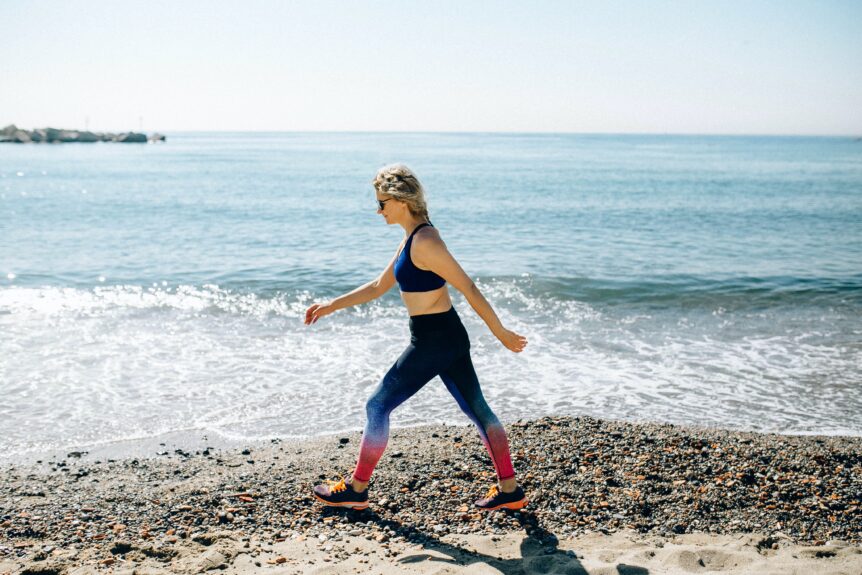Rowlands, A. V. et al.
J. Sports Sci. 41, 333–341 (2023).
To determine whether the association between self-reported walking pace and all-cause mortality (ACM) persists across categories of accelerometer-assessed physical activity status.
Data from 93,709 UK Biobank participants were included. Physical activity was assessed using wrist-worn accelerometers for 7-days.
Participants accumulating <150 min/week moderate-to-vigorous- activity were classed as “inactive”, ≥150 min/week moderate (≥3 METs) activity as “somewhat active” excluding those with ≥150 min/week upper-moderate-to-vigorous activity (≥4.3 METs), who were classed as “high-active”.
Over a 6.3 y (median) follow-up, 2,173 deaths occurred. More than half of slow walkers were “inactive”, but only 26% of steady and 12% of brisk walkers.
Associations between walking pace and ACM were consistent with those for activity. “High active” brisk walkers had the lowest risk of ACM (Hazard Ratio (HR) 0.22; 95% CI: 0.17,0.28), relative to “inactive” slow walkers.
Within those classed as “inactive”, steady (HR 0.54; 0.46,0.64) and brisk walkers (HR 0.42; 0.34,0.52) had lower risk than slow walkers. In conclusion, self-reported walking pace was associated with accelerometer-assessed physical activity with both exposures having similar associations with ACM.
“inactive”, steady, and brisk walkers had lower ACM risk than slow walkers. The pattern was similar for “High active” participants. Overall, “High active” brisk walkers had lowest risk.

